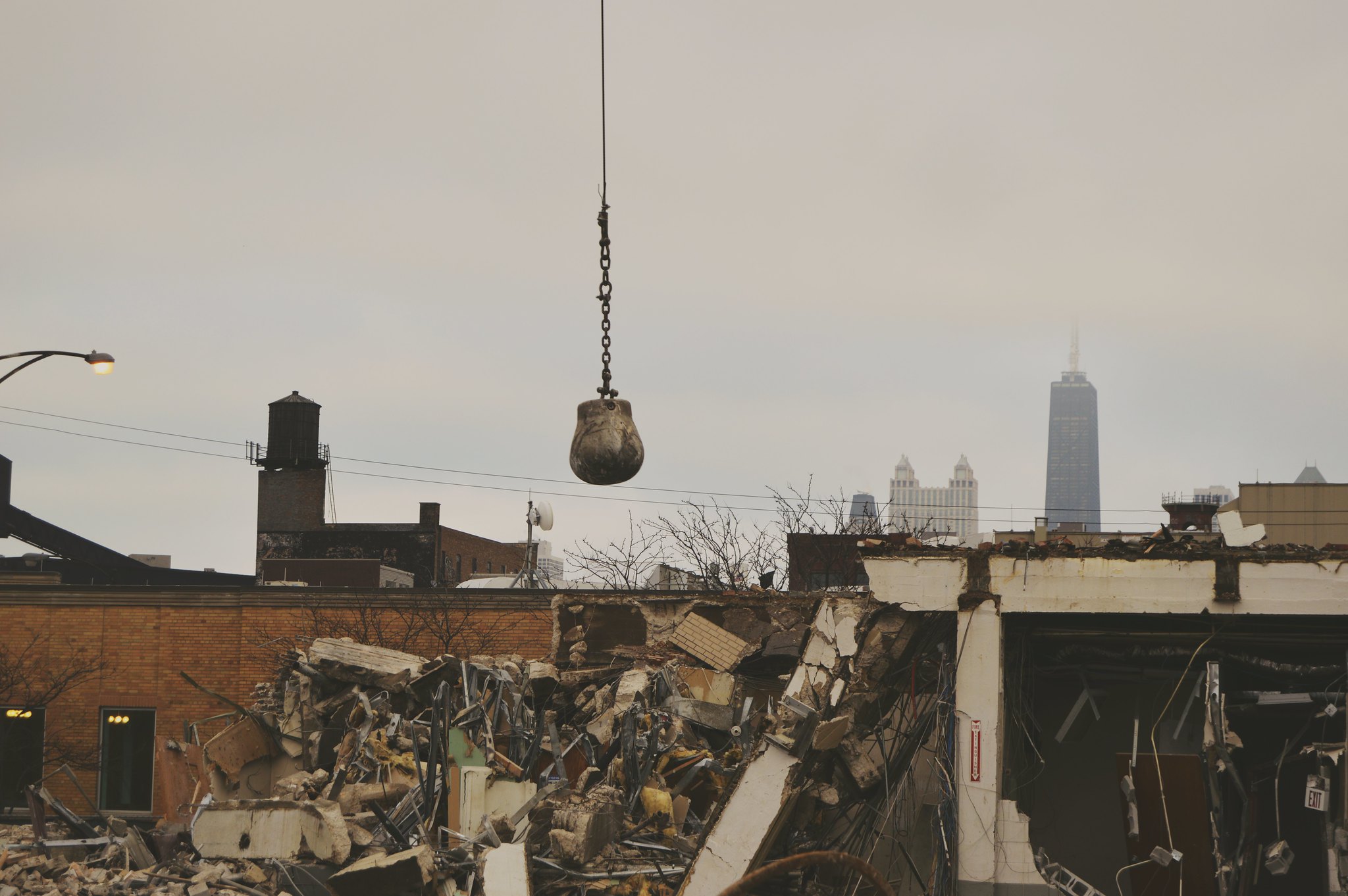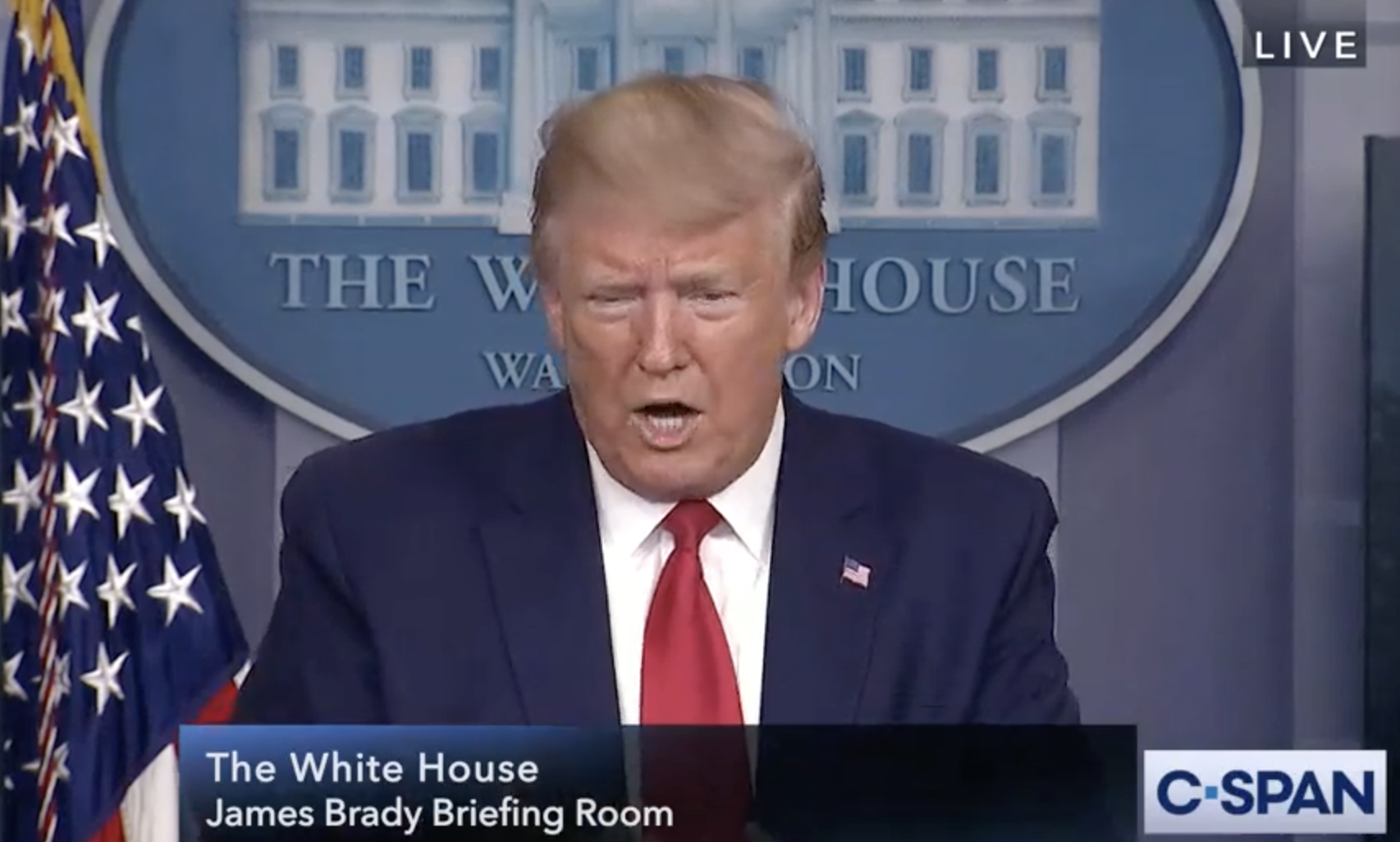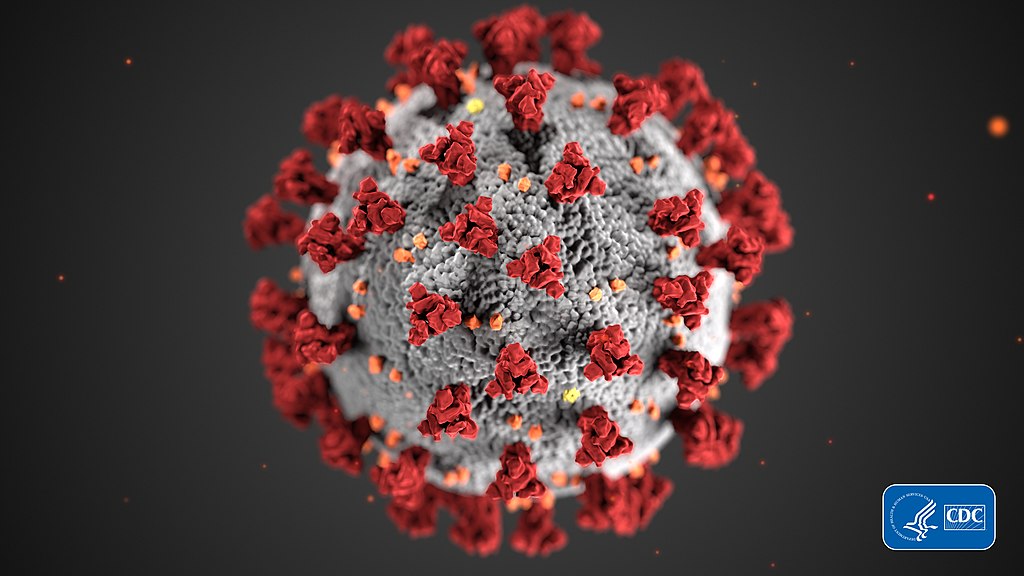SCOTUS Is Wrecking The Societal Safety Net
The right-wing wrecking crew on SCOTUS is destroying the safety and security that make it possible to live in our society. They oppose governmental power when it’s used to protect us from guns and disease, and they strike at rights people need to participate fully in our complex capitalist society.
The Constitution doesn’t give SCOTUS the power to make these decisions. An earlier version of SCOTUS arrogated the power of judicial review to itself. Whereas the other branches have to justify their exercise of power by reference to the Constitution, SCOTUS justifies its power by pointing to an ancient precedent set by itself. For a discussion of this history and a defense of judicial review, see this article by Erwin Chemerinsky in The American Prospect.
To defuse protest against this power grab, for a long time SCOTUS exercised its power sparingly, and only in egregious cases. Perhaps the first instance of overreach was Dred Scott, which was reversed by the Civil War and the Reconstruction Amendments.
When SCOTUS got out of control in the 1930s, striking down New Deal legislation repeatedly, the other branches took aggressive action to protect their Constitutional powers.
In the 1970s conservatives and radicals rebelled against the Civil Rights cases and other changes wrought by the Warren and Burger Courts. In response, Republicans stacked SCOTUS with right-wing ideologues who have now run amok.
When I say “run amok”, I mean that all of the important decisions of the six SCOTUS right-wingers ignore the interests we all share in living in a safe and secure environment. It’s as if they believe that, as Margaret Thatcher put it, there is no such thing as society. Worse, the individuals affected by the outcomes are never heard, and the decisions only recognize the interests of a tiny minority. This post is focused on gun cases, but there are others equally vile.
New York State Rifle And Pistol Ass’n. Inc. v. Bruen holds that no restriction on the ownership of guns is Constitutional unless “… it is consistent with the Nation’s historical tradition of firearm regulation.” The Holy Six bluntly tell us we can’t protect ourselves from the climate of fear created by today’s weaponry.
In US v. Perez-Gallan, the defendant was charged with carrying a gun while subject to two court orders barring such possession. The District Judge, David Counts, held that there weren’t laws barring people subject to domestic abuse protective orders from having guns in 1792; therefore that can’t be Constitutional today.
In Cargill v. Garland, the 5th Circuit en banc ruled 13–3 to invalidate an ATF regulation banning bump stocks. It claims that a firearm equipped with a bump stock is not a machine gun within the statutory definition, so the ATF regulation banning them is not within its statutory power. There’s a conflict among the Circuits, so the SCOTUS death panel has the opportunity to promote murder by machine-gun equivalents.
It’s worth noting that John Roberts demands governmental protection for all these judges to insulate them from the dangers they create.
None of the endangered parties are before these courts. Perez-Gallan’s ex-wife isn’t there. In the bump-stock case none of the people murdered in Las Vegas are there, nor are their families and friends, or the people who ran or cowered in fear. None of us normal people from Chicago testified about the impact of guns on our lives after months of deadly violence, car-jackings, road-rage shootings, and mass killings like the attack on the Highland Park Fourth Of July Parade.
So who was present? Well, in Bruen the Appellants are the New York State Rifle and Pistol Assn, and a couple of losers who don’t qualify for a concealed carry permit under New York law. In Cargill, the Appellant is a gun nut who turned in several bump stocks and then sued. Perez-Gallan is a truck driver who is subject to a domestic abuse protective order from Kentucky barring him from gun ownership and a separate order barring possession of guns while released on an assault charge. In each case, the opposing parties are government officials.
In other words, murder-neutral courts make these decisions in a bubble, where the only parties are government officials and gun fanatics.
Now I’m sure that the defenders of these laws and their lawyers are dedicated, hard-working, and skilled. But that’s not the issue. The issue is that courts are free to decide societal questions without regard to the specific tangible concerns of the people whose lives are at stake in these cases. After Bruen, the interests of normal people are irrelevant. Only the interests of gun fanatics are relevant. Courts, parties, and lawyers don’t have to look at the coffins of the dead, or the scars of the damaged. They don’t have to consider the psychological impact of shattered bodies on the families of the dead and wounded. They are instructed to ignore the consequences of their decisions. They pretend it’s all just words in a game of legal Scrabble.
They can also ignore the purposes of the Constitution, set out in the Preamble:
We the People of the United States, in Order to form a more perfect Union, establish Justice, insure domestic Tranquility, provide for the common defence, promote the general Welfare, and secure the Blessings of Liberty to ourselves and our Posterity, do ordain and establish this Constitution for the United States of America.
These decisions don’t insure domestic tranquility, they don’t promote the general welfare, and they don’t secure the blessings of liberty for the vast majority.
Instead, they insure domestic violence and homicide. They insure that none of us can go to a Church, a grocery store, a concert, or a Fourth of July parade without fear of being shot. They endanger the lives and liberty of every last one of us.
======
Photo by Arvell Dorsey Jr. via Flickr.



